I believe schematic of this board is like this (in on the right, out on the left, sorry):
simulate this circuit – Schematic created using CircuitLab
The wipers would be 'U' shapes oriented in opposite directions.
To test this with the pot assembled, measure the resistance from 6 and from 5 to 2 & 3 (they are shorted together). Pot position should not matter.
Then, if both show continuity and reasonable resistances, measure the resistance from 1 to 2&3 and from 4 to 2&3, both should vary smoothly with pot shaft angle from near 0Ω to close to the values measured in the above test.
Here is how I think the wipers are disposed (green):
If the pot shows open connections, it's possible the joints between the conductive ink and the pins have broken (inside my red circle). If (and only if) the testing indicates an open maybe you can try gently resoldering them. First check that the wipers are not bent, fallen out of position or otherwise not contacting the two places they each have to bridge.
The other ring (with the end hanging free) is a silver conductive trace with black resistive material printed over the entire length where the wiper contacts.
The next two rings moving inward are the potentiometer elements (the conductive ink ends just under the black resistive ink) at each end.
The innermost small ring again is conductive ink with resistive over it.
The resistive material is printed over the conductive to give a good (and quiet) connection to the wiper without greatly increasing the contact resistance.
